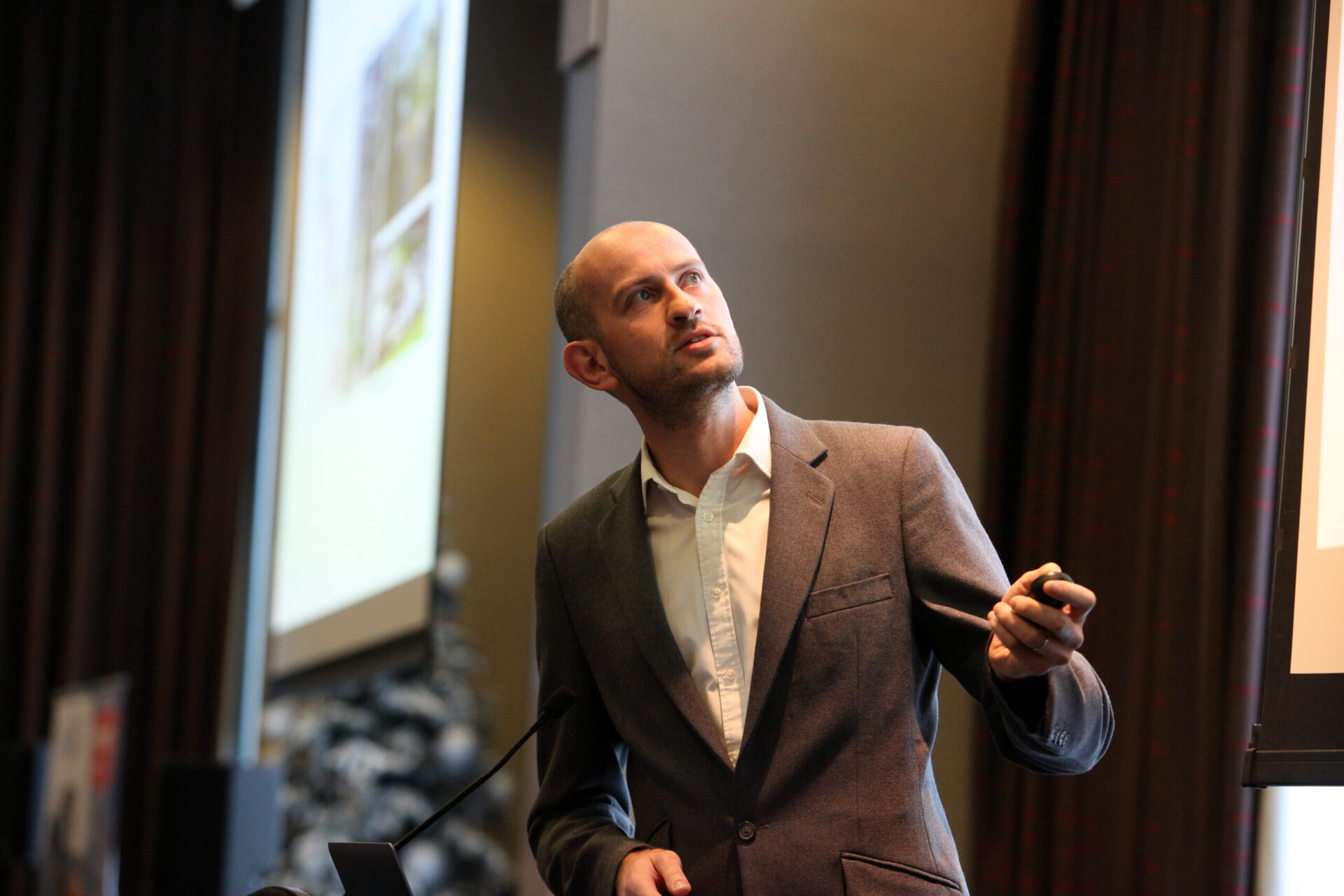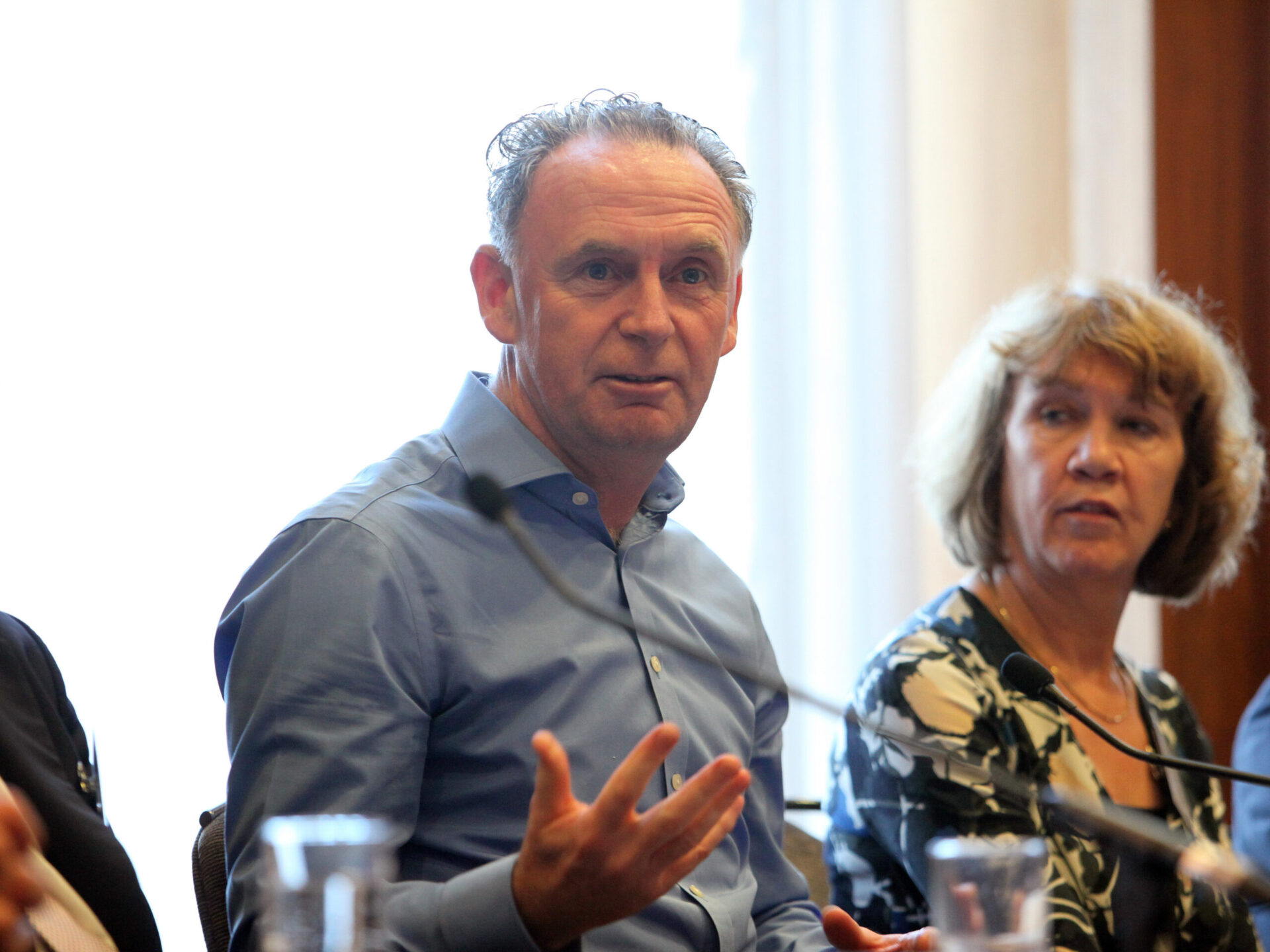Event Summary
Merseyside Development Update | Summary, slides & photos
The drying up of Liverpool office supply and how Wirral can shout louder than the NIMBYs were on the agenda at a packed Place North West event focussed on development in Merseyside.
Over 290 people attended the event at the Hilton in Liverpool city centre, where issues and opportunities across the city and Merseyside’s boroughs were outlined by senior figures across development, politics and construction.
See below for gallery and slides
Speakers took part from across Kier Property, Sheppard Robson, Morgan Sindall, CTP, Pegasus Group, Falconer Chester Hall, Liverpool Waters, CBRE, Procure North West, Transport for the North, Wirral Council and Knowsley Council. The event was chaired by Place North West senior reporter Charlie Schouten.
The event was sponsored by Curtins, Kier Property, Morgan Sindall, Pegasus Group, and Transport for the North.
Liverpool city centre masterplans
Oliver Butler and Henry Martin of Kier Property kicked off proceedings with an update on the £200m Pall Mall scheme, being delivered by CTP and Kier Property, which will deliver 400,000 sq ft of offices, a hotel, around 80,200 sq ft of public space and act as an expansion of the central business district.
- Martin said that the public realm is “an essential part of the Pall Mall scheme”, which is due to start March 2019, and that the developers are “working on increasing biodiversity” with the green space being “the centrepiece of the development”
- “Wellness is a big factor for living and working in the city centre”, according to Martin, and Kier Property have tried to take that inspiration into their plans
- The site was the former Exchange Station and Martin added that they have “looked at ways in which they could incorporate the heritage of the station into the scheme and acknowledged that within emerging designs.”
- The design for the first 115,000 sq ft Pall Mall office by Allies + Morrison is “elegant but robust” and set to be “best in class” according to Butler, “ideal for a coworking operator”. The office is being built speculatively but interest is being shown by institutions to forward fund
- Kier Property will be submitting its planning application in the first quarter of next year, with a view to being on site first quarter of 2020, and completing in final quarter of 2021
Alex Solk, partner at Sheppard Robson, followed with a presentation giving insight into plans for Liverpool John Moores University’s long-awaited £64m development on Copperas Hill, which will be delivered by Morgan Sindall.
- The two new facilities at the 3.5-acre site will be a sports building and a student life building, with the latter including support services, student union, and central teaching. Solk said that it will be the “heart of everything happening at the university”
- LJMU wants the project to be embedded in the city added Solk: “We’re not putting a fence around this campus, the city is the campus and the campus is the city”
- The public realm is also important to LJMU, and the public realm at Copperas Hill is “absolutely colossal” to show the vibrancy and energy of the university campus. There will be a key route running through the site dubbed ‘Copperas Walk’ with an aim for it to be an important link to the city centre
- Before this project it wasn’t possible to see a view of the Cathedral from Lime Street station said Solk, the format of the new Copperas Hill scheme will ensure that view is maintained
- The plan is to start on site early 2019 and to open for the autumn term in 2020

Alex Solk, partner, Sheppard Robson
Office opportunities
A panel discussion then followed, featuring Barry Roberts of Morgan Sindall; CTP’s David Topham; Sheila Wright of Pegasus Group; Adam Hall of Falconer Chester Hall; Liverpool Waters’ Darran Lawless; and Andy Byrne of CBRE.
- The take-up of offices has been record-breaking according to Byrne, with 640,000 sq ft being taken up, adding that “supply levels are diminishing radically” from 2.4m sq ft available in 2012, to just under 700,000 sq ft in 2018, equating to “less than a years’ worth of supply”. As a result, Byrne sees rent finally being pushed up from £16/sq ft in a grade B and £20/sq ft in grade A, with new builds reaching around £24/sq ft
- Lawless of Liverpool Waters said that the company is looking for pre-lets on offices to “minimise and mitigate risks” as construction costs are “still prohibitive”. The biggest concern is missing out on footloose enquiries from outside of the region which “don’t have the opportunity to wait too long for accommodation to be built”
- It’s exciting times for the sector said Roberts who said he had “never seen the market so busy, buoyant and lots of opportunity”, with the contractor working on projects for Peel, Merseyside Police, and Liverpool John Moores University

Left to right: Andy Byrne, CBRE; Darran Lawless, Liverpool Waters; Barry Roberts, Morgan Sindall; Sheila Wright, Pegasus Group; David Topham, CTP; Adam Hall, Falconer Chester Hall
Residential boom
- Topham of CTP said: “Wellness is going to be the new BREEAM, with occupiers focused more and more on lifestyle for staff”. Hall of Falconer Chester Hall added that it’s “permeating all sectors”, particularly the resi sector with “amenity and connectivity” a priority
- There are currently five residential schemes committed or on site at Liverpool Waters for thousands of units, with Lawless adding that “bad press over the fractional sales model”, which is not used at Liverpool Waters, hasn’t dampened investor appetite. Hall agreed the “fractional sales trend is slowing”
- “The council themselves could be a big player in the resi market, with a target for 10,000 homes over the next decades from the Foundation housing company,” he added
- Wright of Pegasus said strategic frameworks are guiding development but SRFs should be avoided so that they don’t become an end in themselves or a waste of energy. The plan for Baltic Triangle is largely happening “after the horse has bolted from the stable”, and action happens irrespective of formal planning system
- “Liverpool hasn’t had a reputation of being developer friendly, so we have to change the perceptions of what it’s like to live, work and develop here,” she concluded
Building better frameworks
Robbie Blackhurst, managing director at Procure North West, outlined the benefits of the company’s framework.
- Procure North West provides contractors with a range of options with different contract values and opportunities to procure straight to M&E contractors
- A variety of bodies can use the framework including schools, universities, government, NHS, local authorities, libraries, registered, housing associations and more
- The framework is currently being used at Alder Hey Children’s Hospital to create a £14m community cluster and Alder Centre including new inpatient beds and a specialist school bereavement centre

Robbie Blackhurst, Procure North West
£50 a head
Next up was Jonathan Spruce, interim strategy director at Transport for the North, who outlined the potential of well-coordinated northern transport and how it could impact Merseyside.
- Spruce began by stating that “if the North acts as it should do, by 2050 it will generate around £100bn extra GVA and 850,000 additional jobs”
- The East-West connections are “dire” said Spruce, adding that there is a focus to improve pan-Northern routes and linking local hubs
- The big constraint of the Northern rail network is Manchester Piccadilly and the Castlefield Corridor, which every train from Merseyside ends up going through. According to Spruce, “there’s a capacity problem” and Manchester to Leeds via Bradford needs fast, new lines to free it up and “anyone using rail in last 6 months will know it needs a major improvement in facilities”
- Bringing a high-speed network and connection to Liverpool should be done in advance of HS2 being completed so that “Liverpool is fully bound into the high-speed network from the opening date”
- Transport for the North is calling for an additional £27bn, on top of the £43bn “business as usual” the North gets from Government to invest in transport. Spruce finished with a message to the Government: “It’s £50 more per person per year, so why the hell wouldn’t you invest?”

Jonathan Spruce, Transport for the North
Merseyside opportunities
Spruce then joined a panel alongside Cllr Angie Davies of Wirral Council and Dale Milburn of Knowsley Council.
- Davies said that the future of Birkenhead is exciting, including the joint partnership with Muse Developments which should see a “focus on the commercial district and developing a night time offer” with a plan coming to cabinet at the end of the month
- When asked whether the council would be able to rise above the NIMBYs, who are calling for limited development on green belt and reduced housing numbers, Davies replied the council in response will have to do “some loud shouting”, adding they want to talk to people so they understand the drive for inclusive growth, as most residents would agree they want more jobs
- Discussing green belt land Milburn said: “The public doesn’t have access to around 95% of it. The challenge is bringing forward those developments but actually improving the quality and offer of publicly accessible open space”
- Spruce said it’s a “perverse system” when train franchise holders have no incentive to say train works were going wrong as it would lose them their franchises. He added that “the rail industry needs a fundamental reform and it will get that reform”
- In 12 months’ time, Milburn said “if you drive to Knowsley you won’t recognise it”, with developments such as Shakespeare North and transport projects taking place.
- Spruce said: “I want to be able to go up to a young person in Birkenhead and ask them the question of ‘do you see a future in the North?’ and if the answer is yes, I’ll be happy”
Place North West‘s next event in our development series will be focused on Lancashire and will take place on 24 January 2019. Tickets can be booked here.
The presentations from the day can be found here:
Jonathan Spruce, interim strategy director of Transport for the North
Robbie Blackhurst, managing director, Procure North West
Alex Solk, partner, Sheppard Robson
Click on any image to launch gallery
- Jonathan Spruce, Transport for the North
- Dale Milburn, Knowsley Council
- Jonathan Spruce, Transport for the North
- Jonathan Spruce, Transport for the North
- Robbie Blackhurst, Procure North West
- Robbie Blackhurst, Procure North West
- Left to right: Andy Byrne, CBRE; Darran Lawless, Liverpool Waters; Barry Roberts, Morgan Sindall; Sheila Wright, Pegasus Group; David Topham, CTP; Adam Hall, Falconer Chester Hall
- Adam Hall, Falconer Chester Hall
- Andy Byrne, CBRE
- Darran Lawless, Liverpool Waters
- Darran Lawless, Liverpool Waters
- Barry Roberts, Morgan Sindall
- Sheila Wright, Pegasus Group
- Darran Lawless, Liverpool Waters
- Left to right: Andy Byrne, CBRE; Darran Lawless, Liverpool Waters; Barry Roberts, Morgan Sindall; Sheila Wright, Pegasus Group; David Topham, CTP; Adam Hall, Falconer Chester Hall
- Left to right: Andy Byrne, CBRE; Darran Lawless, Liverpool Waters; Barry Roberts, Morgan Sindall; Sheila Wright, Pegasus Group; David Topham, CTP; Adam Hall, Falconer Chester Hall
- Left to right: Andy Byrne, CBRE; Darran Lawless, Liverpool Waters; Barry Roberts, Morgan Sindall; Sheila Wright, Pegasus Group; David Topham, CTP; Adam Hall, Falconer Chester Hall
- Alex Solk, partner, Sheppard Robson
- Alex Solk, partner, Sheppard Robson
- Henry Martin and Oliver Butler, Kier Property
- Cllr Angie Davies, Wirral Council
- Left to right: Jonathan Spruce, Cllr Angie Davies, Dale Milburn


































Davies said that the future of Birkenhead is exciting, including the joint partnership with Muse Developments which should see a “focus on the commercial district and developing a night time offer” with a plan coming to cabinet at the end of the month
When asked whether the council would be able to rise above the NIMBYs, who are calling for limited development on green belt and reduced housing numbers, Davies replied the council in response will have to do “some loud shouting”, adding they want to talk to people so they understand the drive for inclusive growth, as most residents would agree they want more jobs
Discussing green belt land Milburn said: “The public doesn’t have access to around 95% of it. The challenge is bringing forward those developments but actually improving the quality and offer of publicly accessible open space”
By Rod Tann
Dale Milburn kidding nobody but himself if he thinks that a Shakespeare theatre will transform Knowsley. It’s a rotten borough with appalling social conditions, education system broken and no real economic purpose. Should join up with Liverpool again as its East German counterpart, it’s the only hope it has of a viable future.
By John Smith
I agree with John Smith that Knowsley Borough Council should be merged into Liverpool City Council, as there is no economic or commercial reason for its existence. Cost savings would follow by the de-duplication of functions which would streamline efficiency and improve service to industry and residents alike. Getting rid of the name “Knowsley” would be a step forward as it is synonymous with failure and poor standards of living, education and moral, despite the “optimism” and hard work of the population which has been let down for generations.
By Garston